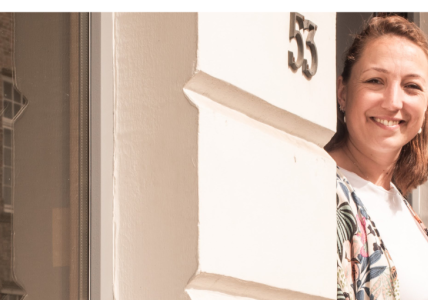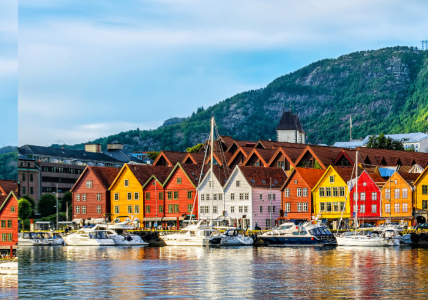Key tips and tricks shared with applicants at our recent event in Husum, Germany.
The sun was shining from a clear blue sky as more than 100 participants gathered in Husum, Germany, to join our GET READY event for applicants.
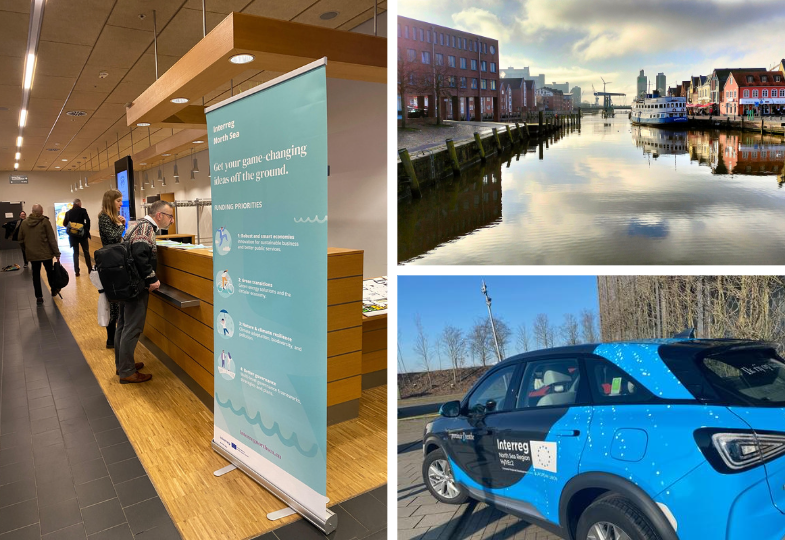
Morning in sunny Husum. People from Groningen and Drenthe arrived zero-emission style using the HyTrEc2 project's hydrogen-powered car. Upper right photo by Albin Hunia.
Key takeaways for applicants
All eyes are now on Call 3, which will be open from 17 April to 30 June. The event was designed to help project developers move on from idea to application, and plenty of tips and tricks were shared throughout the day.
Here is a recap of the top seven takeaways to help you strengthen your application.
1 Why should we fund your project?
You should clearly state which challenge or opportunity you are addressing. Why does it matter in the North Sea Region? As part of this, put your specific idea into the bigger picture, explain how it links to European or national policy, and include facts and figures underlining the scale and urgency of the issue.
Another top priority is making clear why your project idea is a strong response to the challenge, and how it complements or builds on other initiatives tackling the same issue.

2 Make sure it's logical
Our intervention logic is the basic framework for all project applications and is also used in the progress reporting during project implementation. As such it is super-important, however this an area where many applicants struggle.
The most important point to keep in mind is that all the elements - objectives, activities, outputs, deliverables, and results - must hold together as a coherent package.
To empower applicants to get the intervention logic right, the agenda offered priority-specific workshops with hands-on exercises. The workshops were very well received.
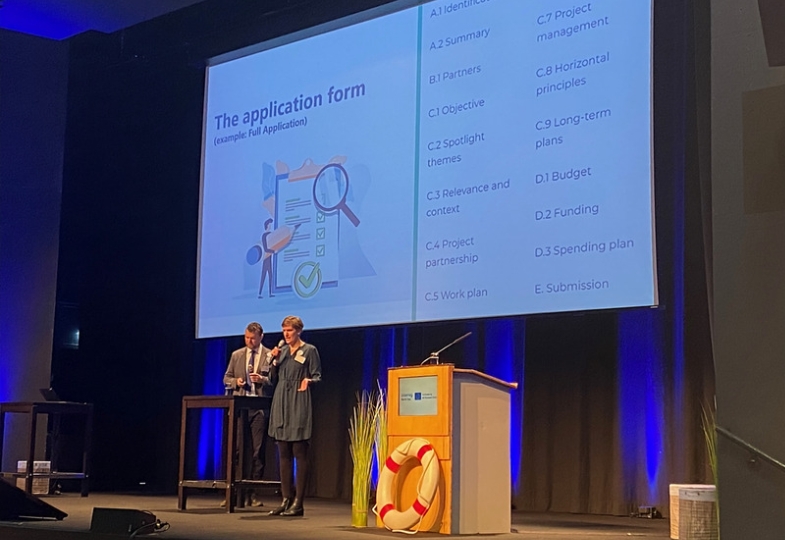
3 Build a powerful partnership
One of the preconditions for applying is having a transnational partnership in place. But identifying potential partners with a sufficient geographic spread is only the first step. Ensuring that they are a good match for the partnership is another story. . Each partner should have a clear role and must engage with the other partners at the expected level.
Our National Contact Points got the audience’s full attention during an interactive session exploring the success factors in building strong partnerships. Making sure that the potential partner is motivated, meeting face to face to build trust, and using recommendations to identify solid partners were among the key tips shared by the NCPs and members of the audience.
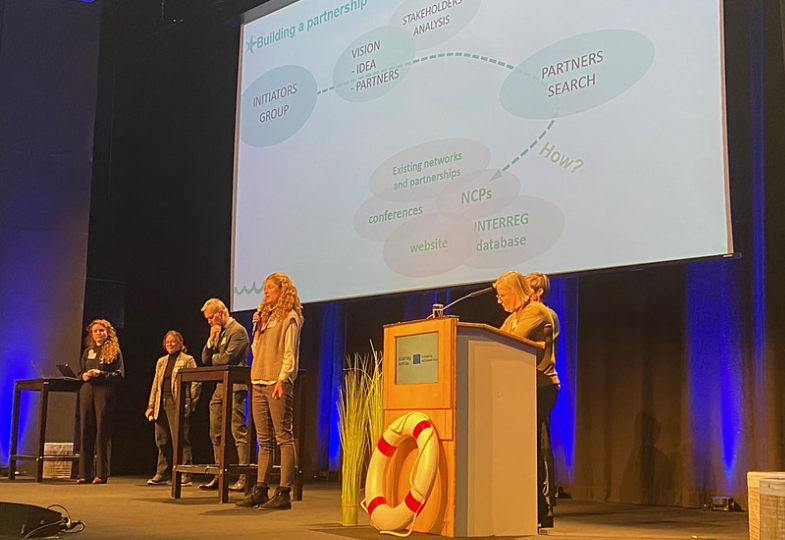
4 Shine the light on your future impacts
The application should tell us what kind of impact you expect to see based on your project activities. Which impacts are you likely to see within the scope of the project itself? And what level of impacts do you envisage further down the road as your work will spread?
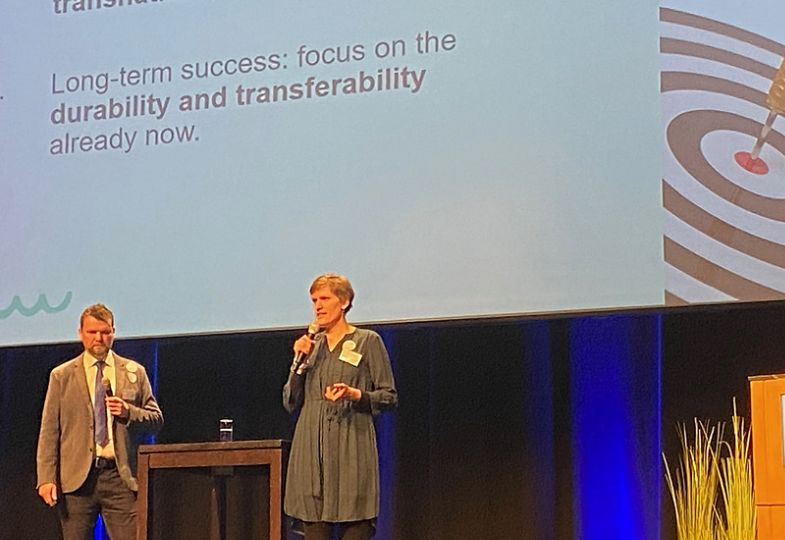
Project advisors Peter Racz and Jenny Thomsen delivering an important message.
5 Transnational is not an empty word
Make sure to explain why your project needs a transnational set-up. Simply sprinkling the word “transnational” all across your application doesn’t cut the mustard.
Instead, provide a convincing argument by pointing out that the challenge that the project is tackling is a shared one. In addition, you should describe the different competencies, frameworks, and specifics of each participating region, and explain why this form of cooperation between them is needed.
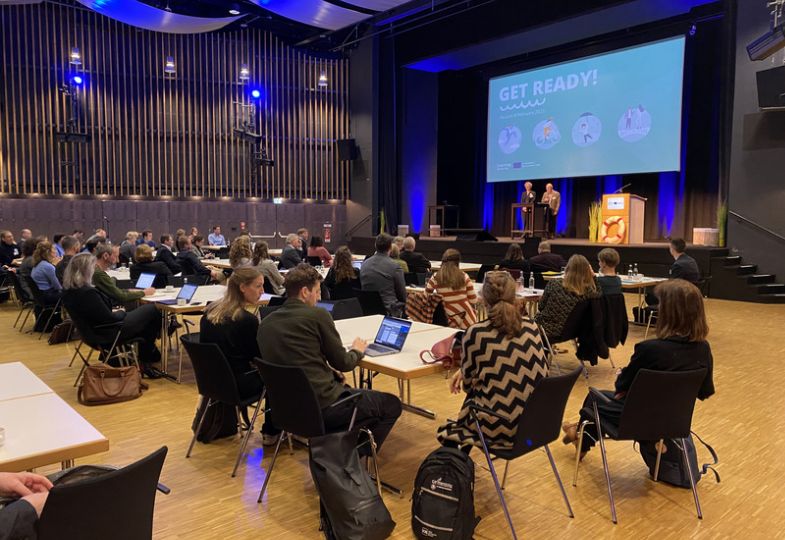
6 Communication matters (a lot)
Communication is a power tool and you should use it to your advantage. Your ability to communicate your idea in a clear and convincing way can make or break your project. And it starts with your application!
To create a winning application, take extra care to make your summary compelling. Also, each work package should include at least one communication objective with specific target groups and activities.

7 Beware of dwindling funds for priority 2
Christian Byrith and Sarah Holsen made clear that Priority 2 (green transitions) is under pressure. Funds for this priority may or may not be exhausted after Call 2 decisions are made.
We therefore encourage applicants to consider if their project idea might fit into one of the other priorities. Our advisors and National Contact Points are happy to help as you consider this option.
A chance to network
The event also aimed to foster networking among North Sea applicants from across the North Sesa Region. And throughout the day, the participant made full use of the opportunity. During breaks and group exercises, rooms and corridors resounded from lively conversations.
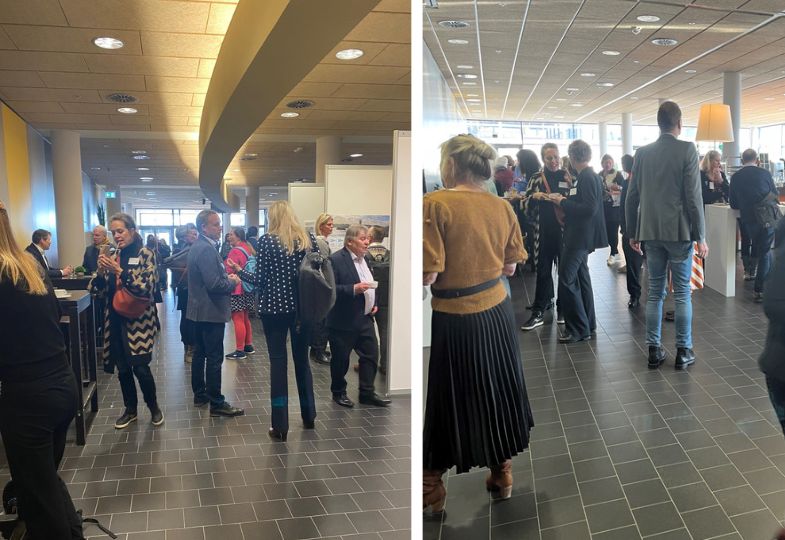
Pitching ideas
Project idea owners presented exciting ideas through a poster exhibition and via a series of 5-minute pitches. The ideas ranged from sustainable rooftops in the construction industry to managing biodiversity issues linked to the expansion of the offshore wind industry in the North Sea.

Good luck
A warm thank you to our participants and our National Contact Points for making this event a success. We truly appreciate the engagement and are eagerly taking note of participants' feedback for improving our future events.
We wish everyone smooth sailing and lots of luck with their North Sea adventure!
